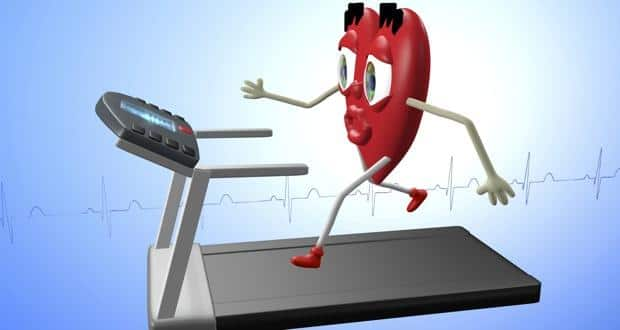The Importance of Regular Exercise in Maintaining Heart Health
Everyone must keep their heart healthy in order to prevent numerous issues. Recall that one of the greatest ways to keep the healthy lifestyle you desire is to continue living an active lifestyle. Then again, do you realize that it can improve your overall well-being and style of living? When combined, exercise-induced modifications can help prevent or mitigate heart disease's leading risk factors, which include high blood pressure, diabetes, obesity, and unhealthy cholesterol levels. Exercise can also help with mental health issues like stress and depression, which are prevalent but frequently disregarded causes of cardiovascular problems.
How Much Exercise and How Often?
Combining resistance training with aerobic exercise is recommended by general standards. Engage in activities like swimming, cycling, or walking at least five days a week. Use moderate weightlifting to develop muscle endurance and tone your muscles twice a week or often enough to cover the main muscle parts.
How Do You Know When You're Making Progress?
You might be realizing the changes after using organic berberine UK to manage the blood glucose levels you have been experiencing. Remember, elevated blood sugar levels are closely linked to an increased risk of heart disease, and you are not ready to go through that.
Target heart rate: remember that when you have plans to exert more effort to reach your target heart rate, more effort is required. Need 120 rate? Ensure that you walk three mph in the first month. Your heart is pumping more effectively, and your fitness level has increased.
Reps: A muscle's strength and durability are determined by how much weight it can lift 12–15 times without experiencing strain. If you can curl a 15-pound dumbbell 15 times with difficulty, for instance, you can increase the weight by three or five pounds.
Body composition: Increase your exercise, and your body will alter shape—you'll grow muscle and shed fat, especially around your waist. One clear indicator of improvement is a looser-fitting skirt or pair of pants.
Know When You're Overdoing It
The easiest way to ensure your workout stays within a healthy range is to set a goal heart rate with a trained trainer or healthcare provider.
You're exercising at the proper intensity if you stay inside your desired heart rate.
If your heart rate exceeds your goal, you exert too much effort.
You won't get the maximum cardiovascular advantage if you continue working less than your goal.
Fatigue and pain that lasts more than a day or two after exercise are significant indicators of overwork. Any ongoing discomfort could indicate a muscle injury or misuse.
Summing it Up
Researchers observe improvement when they measure an individual's initial fitness level and then again three to six months later. The subjects will need more oxygen overall. They will spend more time on the treadmill. They will have reduced blood pressure and heart rate. Exercise may be compared to fine-tuning your heart's and your body's circulatory system's engine to ensure blood is distributed evenly and effectively.



Comments
Post a Comment